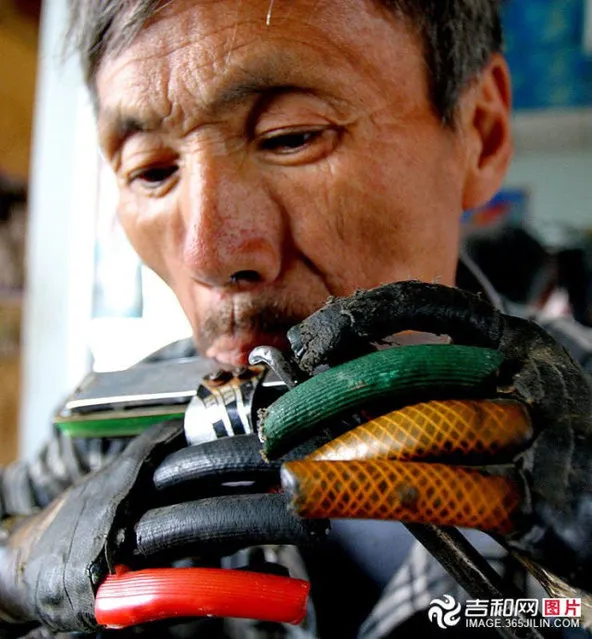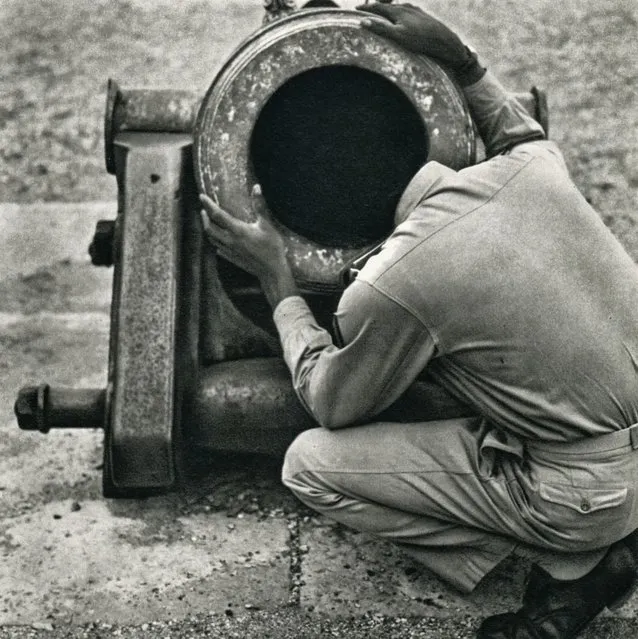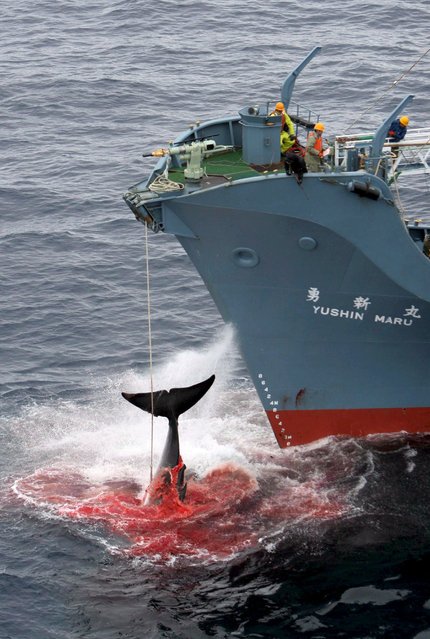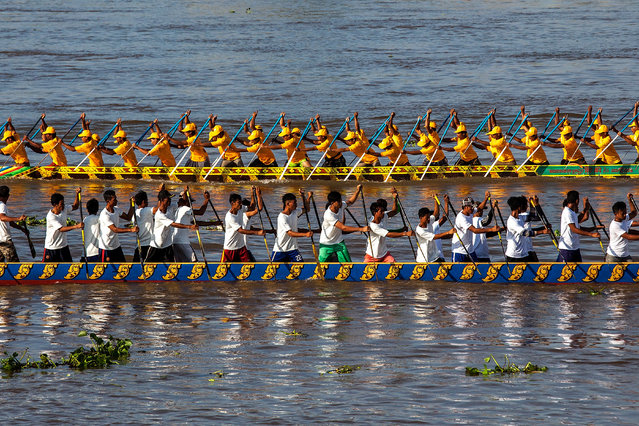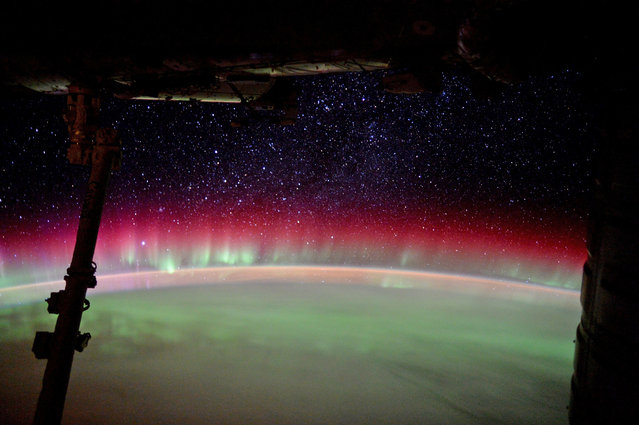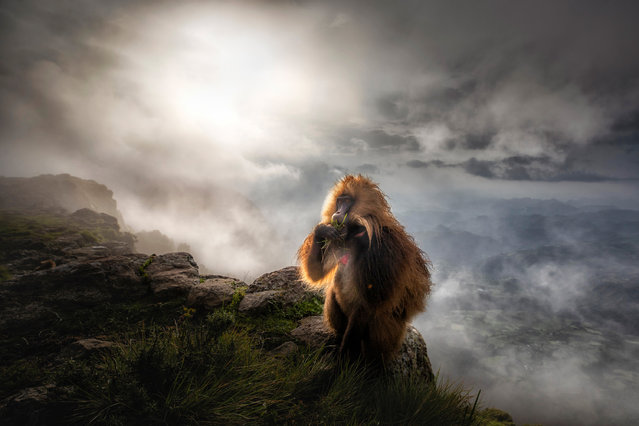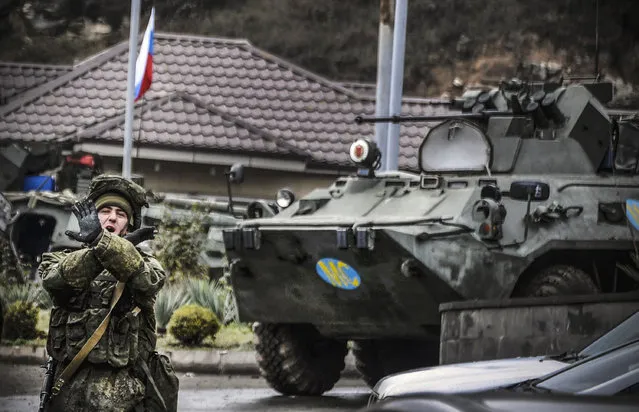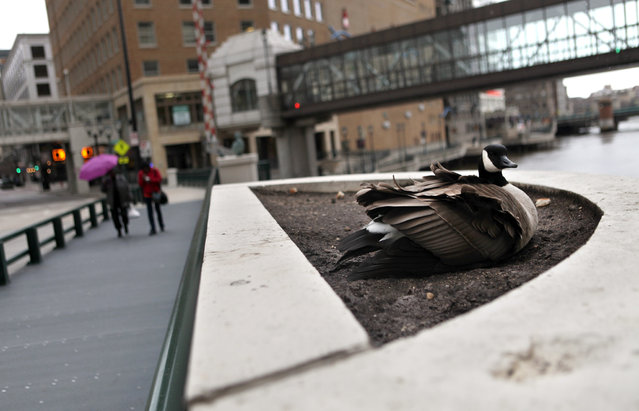
A goose sits atop eggs in a flower bed on the Wisconsin Ave. bridge, Friday, April 19, 2013, feathers ruffled in the cold blowing wind and snowflakes. The goose is near to the statues dedicated to Gertie the duck who made international news when she built her nest next to the same bridge in 1945 and captured the attention of Milwaukee at the end of the war. A statue commemorating “Gertie the Duck” sits on the other side of the bridge. The goose has several eggs she is sitting on. (Photo by Mike De Sisti)
01 May 2013 09:29:00,post received
0 comments

